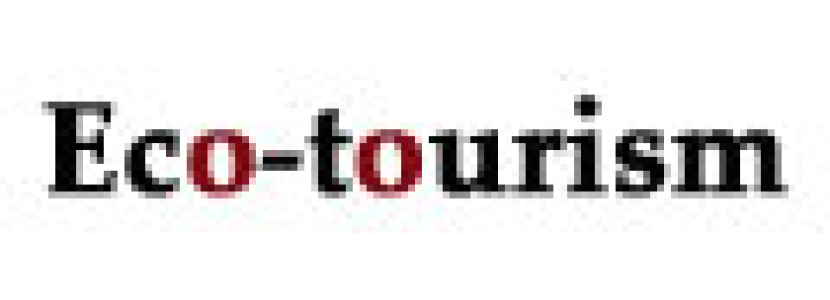
Environmentally friendly practices are currently one of the biggest issues in the American travel business, and not only because of public demand, but also because there are important savings to be had in the long-run.
Once an expensive fad
Several decades ago, environmentally practices were looked on as an expensive fad, and usually never went further than requesting guests to use their towels more than once before depositing them in the laundry basket, and the installation of several solar panels on the roof to run the pool lights.
Nowadays, the green programmes of most of America’s large hotel chains take several minutes to read and include practically everything from low-energy light bulbs and key card systems for activating the energy supply in hotel rooms to water recycling systems and special bathroom fixtures for regulating water flow. To obtain a much sought-after environmental certificate (ISO 14001 in the UE), many hotels and services providers go even further still, installing double-glazing, using environmentally friendly cleaning products, favouring products in glass recipients whenever possible, thus reducing plastic and metal refuse, working with “green” suppliers, using recycled and chlorine-free paper, etc.
Environmentally conscious generation
What was once viewed as a waste of money is actually generating important savings for hotels. Moreover, the eco-brand is a distinguishing mark that attracts customers in an increasingly more ecologically minded world. All the players in the travel industry have taken good note of this and understand that for many consumers a hotel or tourist’s company’s environmental track record plays an essential role in selection process.
Europe ahead of the States
With regard to environmental policies, the European travel industry – and all other industries in fact – are quite a way ahead of their American counterparts. Even so, the Americans are becoming increasingly more ecologically minded, which is borne our by the increase in the number of hotels requesting certification under the country’s Green Building Council’s Leadership in Energy and Environmental Design (LEED) programme.




